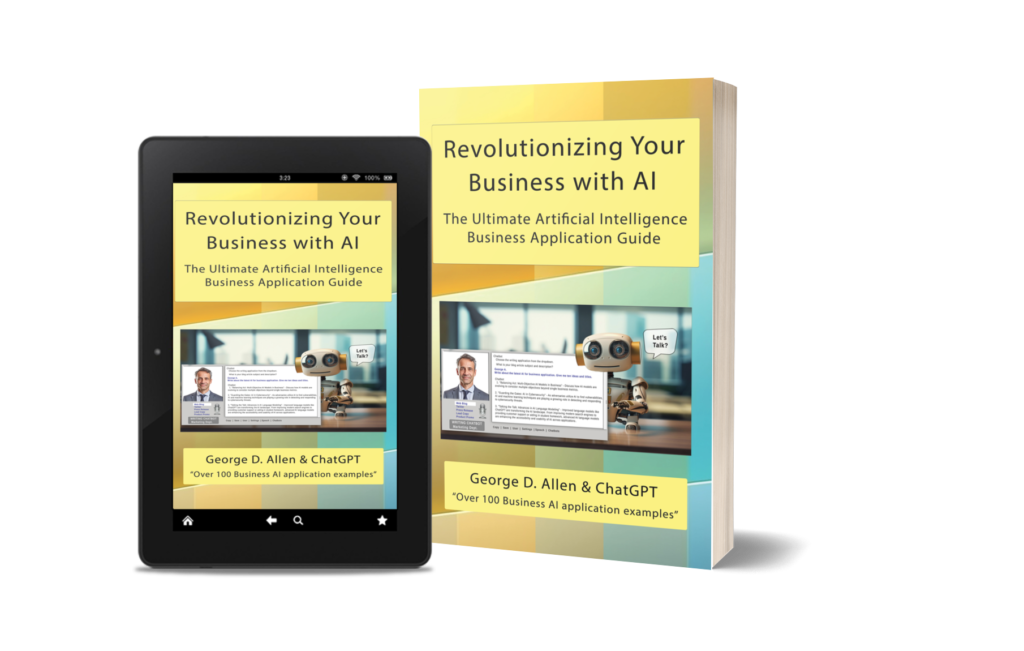- Reprinted from OpenAI as per 2/5/2023
How to give clear and effective instructions to GPT-3 and Codex
Written by Jessica Shieh
How prompt engineering works
Due to the way the instruction-following models are trained or the data they are trained on, there are specific prompt formats that work particularly well and align better with the tasks at hand. Below we present a number of prompt formats we find work reliably well, but feel free to explore different formats, which may fit your task best.
Rules of Thumb and Examples
Note: the “{text input here}” is a placeholder for actual text/context
- Use the latest model
For best results, we generally recommend using the latest, most capable models. As of November 2022, the best options are the “text-davinci-003” model for text generation, and the “code-davinci-002” model for code generation. - Put instructions at the beginning of the prompt and use ### or “”” to separate the instruction and context
Less effective ❌:
Summarize the text below as a bullet point list of the most important points.
{text input here}
Better ✅:
Summarize the text below as a bullet point list of the most important points.
Text: “””
{text input here}
“””
- Be specific, descriptive and as detailed as possible about the desired context, outcome, length, format, style, etc
Be specific about the context, outcome, length, format, style, etc
Less effective ❌:
Write a poem about OpenAI.
Better ✅:
Write a short inspiring poem about OpenAI, focusing on the recent DALL-E product launch (DALL-E is a text to image ML model) in the style of a {famous poet}
- Articulate the desired output format through examples (example 1, example 2).
Less effective ❌:
Extract the entities mentioned in the text below. Extract the following 4 entity types: company names, people names, specific topics and themes.
Text: {text}
Show, and tell – the models respond better when shown specific format requirements. This also makes it easier to programmatically parse out multiple outputs reliably.
Better ✅:
Extract the important entities mentioned in the text below. First extract all company names, then extract all people names, then extract specific topics which fit the content and finally extract general overarching themes
Desired format:
Company names:
People names: -||-
Specific topics: -||-
General themes: -||-
Text: {text}
- Start with zero-shot, then few-shot (example), neither of them worked, then fine-tune
✅ Zero-shot
Extract keywords from the below text.
Text: {text}
Keywords:
✅ Few-shot – provide a couple of examples
Extract keywords from the corresponding texts below.
Text 1: Stripe provides APIs that web developers can use to integrate payment processing into their websites and mobile applications.
Keywords 1: Stripe, payment processing, APIs, web developers, websites, mobile applications
Text 2: OpenAI has trained cutting-edge language models that are very good at understanding and generating text. Our API provides access to these models and can be used to solve virtually any task that involves processing language.
Keywords 2: OpenAI, language models, text processing, API.
Text 3: {text}
Keywords 3:
✅Fine-tune: see fine-tune best practices here.
- Reduce “fluffy” and imprecise descriptions
Less effective ❌:
The description for this product should be fairly short, a few sentences only, and not too much more.
Better ✅:
Use a 3 to 5 sentence paragraph to describe this product.
- Instead of just saying what not to do, say what to do instead
Less effective ❌:
The following is a conversation between an Agent and a Customer. DO NOT ASK USERNAME OR PASSWORD. DO NOT REPEAT.
Customer: I can’t log in to my account.
Agent:
Better ✅:
The following is a conversation between an Agent and a Customer. The agent will attempt to diagnose the problem and suggest a solution, whilst refraining from asking any questions related to PII. Instead of asking for PII, such as username or password, refer the user to the help article www.samplewebsite.com/help/faq
Customer: I can’t log in to my account.
Agent:
- Code Generation Specific – Use “leading words” to nudge the model toward a particular pattern
Less effective ❌:
Write a simple python function that
1. Ask me for a number in mile
2. It converts miles to kilometers
In this code example below, adding “import” hints to the model that it should start writing in Python. (Similarly “SELECT” is a good hint for the start of a SQL statement.)
Better ✅:
Write a simple python function that
1. Ask me for a number in mile
2. It converts miles to kilometers
import
Parameters
Generally, we find that model and temperature are the most commonly used parameters to alter the model output.
model – Higher performance models are more expensive and have higher latency.
temperature – A measure of how often the model outputs a less likely token. The higher the temperature, the more random (and usually creative) the output. This, however, is not the same as “truthfulness”. For most factual use cases such as data extraction, and truthful Q&A, the temperature of 0 is best.
max_tokens (maximum length) – Does not control the length of the output, but a hard cutoff limit for token generation. Ideally you won’t hit this limit often, as your model will stop either when it thinks it’s finished, or when it hits a stop sequence you defined.
stop (stop sequences) – A set of characters (tokens) that, when generated, will cause the text generation to stop.
For other parameter descriptions see the API reference.

